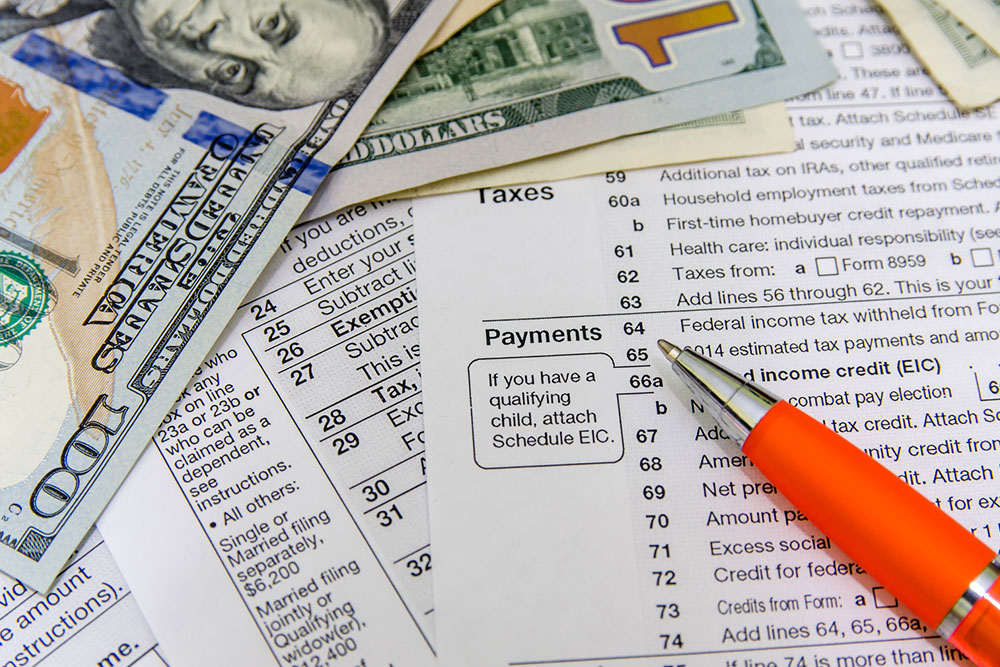Essential Guide to IRS Payment Arrangements
Learn everything about IRS payment plans, including eligibility, application methods, costs, and how to modify agreements. This guide helps taxpayers manage taxes effectively, offering flexible options to settle debts over time and avoid penalties, ensuring compliance with IRS requirements.

Essential Guide to IRS Payment Arrangements
Managing tax obligations can be challenging, especially when faced with unexpectedly high bills that strain finances. The IRS offers flexible payment arrangements to help taxpayers settle their debts gradually, alleviating financial pressure and avoiding penalties. These plans can be accessed online, via phone, or in person, depending on the individual's circumstances. The two main options include short-term plans up to 180 days and longer-term installment agreements extending beyond six months. Compliance with plan terms ensures no enforcement actions like levies or liens are imposed.
How IRS Payment Plans Work
An IRS payment plan is an agreement allowing taxpayers to pay their owed taxes over time. This setup helps avoid immediate hefty payments and provides manageable monthly installments based on the taxpayer's ability to pay. The IRS generally approves these plans when applicants meet certain criteria.
Taxpayers can establish these plans either online, over the phone, or in person. The method chosen depends on factors like the amount owed and the current financial situation. Two primary types include:
A short-term plan, which lasts up to 180 days for paying off the debt.
A long-term installment agreement, extending payments beyond 180 days, often up to six years.
These plans typically involve monthly payments that fit into the taxpayer's budget. Qualification Criteria
Most taxpayers qualify for installment agreements. To apply online via the IRS’s portal, applicants must meet specific requirements.
Less than $100,000 owed
Taxpayers with under $100,000 in total owed, including penalties and interest, who cannot pay within 180 days, are eligible for short-term plans.
$50,000 or less owed
Individuals owing $50,000 or less may qualify for long-term plans if they have filed all returns and need more than six months for repayment.
How to Set Up a Payment Plan
Applying online is the quickest method. Interested individuals need a registered IRS account or must create an ID.me account for identity verification. Necessary requirements include:
A valid email address
Access to a smartphone or webcam for verification
Multi-factor authentication options via phone or email
Social Security or tax ID number
Photo ID such as a driver’s license or passport
If online application isn't feasible, taxpayers can contact the IRS directly, submit Form 9465 via email or phone, and request a payment plan or modifications. Note that business debt plans may require different procedures.
Interest and Fees
While installment payments offer financial flexibility, they may accrue additional costs, including interest and late penalties. The IRS often reduces failure-to-pay penalties by half, lowering the late fee to 0.25%. These penalties and interest continue until the debt is fully paid.
Cost of Payment Plans
The fee structure varies based on application method and qualifying status. Low-income taxpayers may receive fee waivers or reimbursements if they agree to automatic withdrawals. Qualification typically considers whether gross income is at or below 250% of the federal poverty level.
Adjusting Your Payment Agreement
Taxpayers can modify their installment plans online—such as changing payment amounts, due dates, or setting up automatic withdrawals. Those unable to meet current terms may need to submit Forms 9465 and 433-F to request adjustments.
Application Considerations
Applying directly through the IRS is free, and third-party services should be approached cautiously. When engaging a tax relief professional, ensure they have proper authorization and conduct thorough research beforehand.









